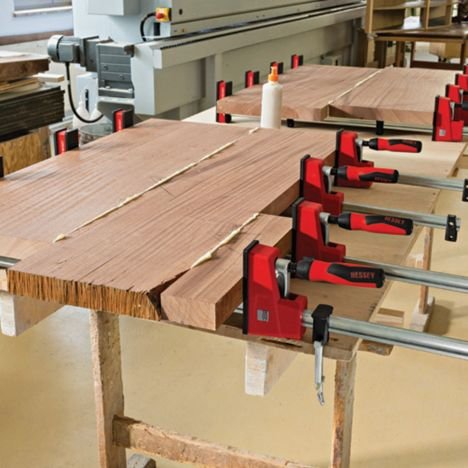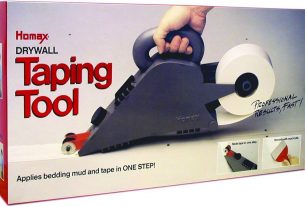Are you tired of using bulky and complicated tools for your DIY projects? Do you want a tool that can hold things together with ease and simplicity? Look no further than the clamp tool! This versatile tool is a must-have for any workshop or home project. From woodworking to metalworking, a good clamp tool can save you time, effort, and frustration. In this ultimate guide, we’ll explore everything you need to know about choosing the right clamp for your next project.
What is a Clamp Tool?
A clamp tool is a device used to hold two or more objects firmly together in place. It’s similar to a vice but has more versatility in terms of its use. Clamps come in different types, sizes, and shapes, making them ideal for various applications. They’re commonly used in woodworking, metalworking, welding, automotive repair, and many other industries.
Types of Clamps
There are several types of clamps available on the market today. Each type serves a specific purpose and has its own unique features. Here are some of the most common types of clamps:
1. C-Clamp
The C-clamp is one of the most popular types of clamps used by woodworkers and metalworkers alike. It’s named after its shape – it looks like the letter “C”. The C-clamp is simple to use and provides excellent grip strength. It comes in various sizes and can be used for different applications depending on the size.
2. F-Clamp
The F-clamp is another popular type of clamp that’s commonly used in woodworking. It’s named after its shape – it looks like the letter “F”. The F-clamp has an adjustable jaw that allows it to fit different-sized workpieces securely. It’s also known as bar clamp because of its long bar-like structure.
3. Spring Clamp
The spring clamp is a type of clamp that uses a spring mechanism to hold objects in place. It’s commonly used for small-scale projects and can be easily adjusted with one hand. The spring clamp is lightweight and portable, making it ideal for quick fixes or temporary holds.
4. Pipe Clamp
The pipe clamp is a type of clamp that uses a threaded pipe to adjust the jaw width. It’s commonly used in woodworking and metalworking for larger projects that require more clamping force. The pipe clamp is versatile and can be used on irregular shapes or uneven surfaces.
5. Parallel Clamp
The parallel clamp is a type of clamp that has two jaws that remain parallel to each other when tightened. This feature makes it ideal for use on flat surfaces or when gluing boards together. The parallel clamp provides even pressure across the entire surface, ensuring a secure hold.
How to Choose the Right Clamp Tool
Choosing the right clamp tool can be overwhelming, especially if you’re new to DIY projects. Here are some factors to consider when choosing the right clamp for your next project:
1. Application
Consider the application of your project before choosing a clamp tool. Different types of clamps work better for different applications. For example, if you’re working with wood, a C-clamp or F-clamp may be suitable. If you’re welding metal, a pipe clamp may be more appropriate.
2. Size
Choose the appropriate size of clamp depending on the size of your workpiece. A too-small clamp won’t provide enough grip strength, while an oversized clamp will be challenging to handle and may cause damage.
3. Pressure
Consider the amount of pressure needed to hold your workpiece securely in place. Some clamps provide more pressure than others, so choose accordingly based on your project’s needs.
4. Material
Choose a clamp made from durable materials such as steel or aluminum. Cheaper clamps made from low-quality materials may not provide the necessary grip strength and may break easily.
5. Ease of Use
Choose a clamp that’s easy to use and adjust. Complicated clamps can be frustrating and time-consuming, especially when you’re working on a project that requires multiple clamps.
Conclusion
A clamp tool is an excellent addition to any DIY enthusiast’s toolkit. It’s versatile, easy to use, and provides secure grip strength for various applications. When choosing the right clamp for your next project, consider factors such as application, size, pressure, material, and ease of use. With the right clamp tool in hand, you’ll be able to tackle any DIY project with confidence and efficiency.
References:
https://en.wikipedia.org/wiki/Clamp_(tool)
https://www.familyhandyman.com/list/types-of-clamps/
https://www.bobvila.com/articles/best-clamps/




